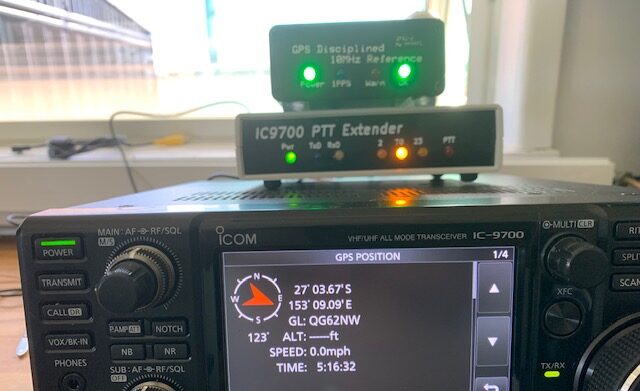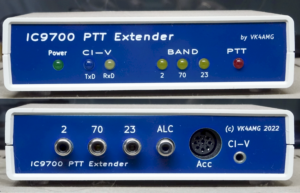For many years our hobby has been involved with all types of digital communications (CW morse code, RTTY etc), mainly used on HF bands, best known in the military during the war years, but still used today. In addition the old telegraph systems of in the 1900th century was all the go.
In recent time there has been a move to other forms of digital modes and higher band usage WSPR has lead the charge offering many more advantages with very low power(about 200mw) used to communicate over vast distances and around the world. As higher bands had been included in this change a more sufficient type of programming was required to receive these weaker signals. Professor Joe Taylor, K1JT lead a team of like minded amateurs to produce these week signal modes.
Some include are “WSJT-X implements communication protocols or “modes” called FST4, FST4W,FT4, FT8, JT4, JT9, JT65, Q65, MSK144, and WSPR, as well as one called Echo for detecting and measuring your own radio signals reflected from the Moon. These modes were designed for making reliable, confirmed QSOs under extreme weak-signal conditions.
JT4, JT9, and JT65 use nearly identical message structure and source encoding (the efficient compression of standard messages used for minimal QSOs). They use timed 60-second T/R sequences synchronized with UTC. JT4 and JT65 were designed for EME (“moonbounce”) on the VHF/UHF/microwave bands. JT9 is optimized for the MF and HF bands. It is about 2 dB more sensitive than JT65 while using less than 10% of the bandwidth. Q65 offers submodes with a wide range of T/R sequence lengths and tone spacings; it is highly recommended for EME, ionospheric scatter, and other weak signal work on VHF, UHF, and microwave bands.”
All these form can be track on the WSPR site, which reports all digital mode around the world/ and locallywhich can be tracked by using a call sign over a given time period.
In the local area we find many amateurs using these bands/modes during the week and weekends using aircraft enhancement, meteor scatter and troppo etc.
Some of these modes can be run without too much human intervention with reporting and automatic sequencing been programmed into the software, allowing your own level of operation.
A sample of this type of communication is shown below which occurred on 23cm band over distance of 500 Klms.

The above shows time 210445 UTC, dB strength forward and reverse, the frequency on the spectrum with the message being call sign grid square worked. As shown in the task bar: File is setup radio operator grid square and computer values required. View type of scene setup required. Mode and decode offer FT8, or Q65 etc. with a normal or deep decode function. As in all modes, its very easy to confirm you contact and other details in the one screen with most contacts being less than a one minute period.
One of the VHF-UHF local Queensland distance records was achieved recently on 3.4GHz over a 530 Klms. which can be seen by clicking on the here:

